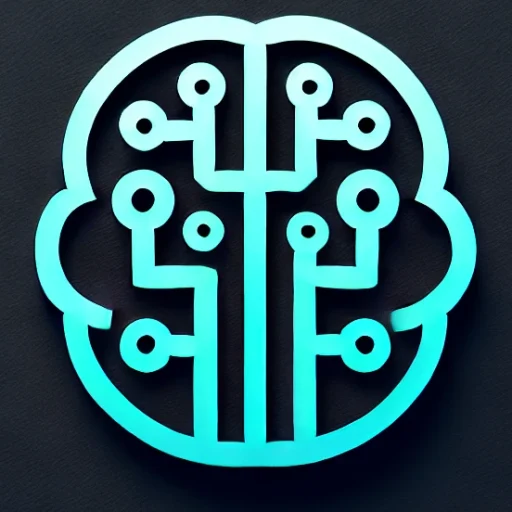
Introduction
In recent years, the realm of artificial intelligence has witnessed a groundbreaking evolution with the rise of Generative AI. This novel branch of AI focuses on creating content—artwork, music, text, and even code—blurring the lines between machine and human creativity. As this technology continues to advance at an unprecedented pace, it is reshaping industries, redefining creativity, and presenting both opportunities and challenges that are crucial to explore.
Key Insights & Latest Advancements
Generative AI, driven primarily by deep learning models like Generative Adversarial Networks (GANs) and Transformer architectures, has made significant strides. OpenAI’s GPT series and DALL-E models epitomize this progress, generating human-like text and images that push the boundaries of what machines can create. These models learn from vast datasets, enabling them to produce original content that is not only complex but convincingly human in its appeal and relevance.
Recent advancements have enhanced capabilities such as content personalization, where algorithms tailor outputs to fit individual preferences. The introduction of more refined models like GPT-4 has resulted in outputs that are coherent, contextually aware, and culturally nuanced.
Real-World Applications
Generative AI is transforming numerous fields. In the creative industries, it assists artists and musicians by generating inspiration and even full pieces of art or music. In the realm of fashion, designers use AI to simulate fabric textures and fashion lines, leading to innovative designs.
In business, generative AI is utilized for automating content creation—from generating product descriptions to crafting marketing copy tailored to target audiences. Furthermore, in the tech and gaming industries, it aids in the development of virtual environments and realistic characters, enhancing user experiences.
Challenges & Future Outlook
While Generative AI offers groundbreaking possibilities, it also presents significant challenges. Ethical implications regarding the ownership of AI-generated content and the potential for misuse, such as deepfakes, raise concerns that require comprehensive regulations and guidelines.
Moreover, the environmental impact of training massive AI models, which require substantial computational resources, poses sustainability challenges that the industry must address. Nonetheless, ongoing research is focused on creating more efficient algorithms and reducing the carbon footprint of AI technologies.
Looking ahead, the potential for generative AI is vast. As algorithms become more sophisticated, we can expect richer, more immersive digital experiences and the advent of AI as a collaborator in creative processes. The exploration of human-AI co-creativity could redefine artistic boundaries and open new horizons in storytelling and design.
Conclusion
Generative AI stands at the forefront of modern artificial intelligence, promising to transform creativity and content generation across industries. The rapid development of this technology offers immense benefits but also requires careful navigation of ethical, environmental, and regulatory challenges. As we continue to integrate AI into our creative processes, the key takeaway is clear: embracing this powerful tool must be balanced with responsible innovation to harness its full potential.

